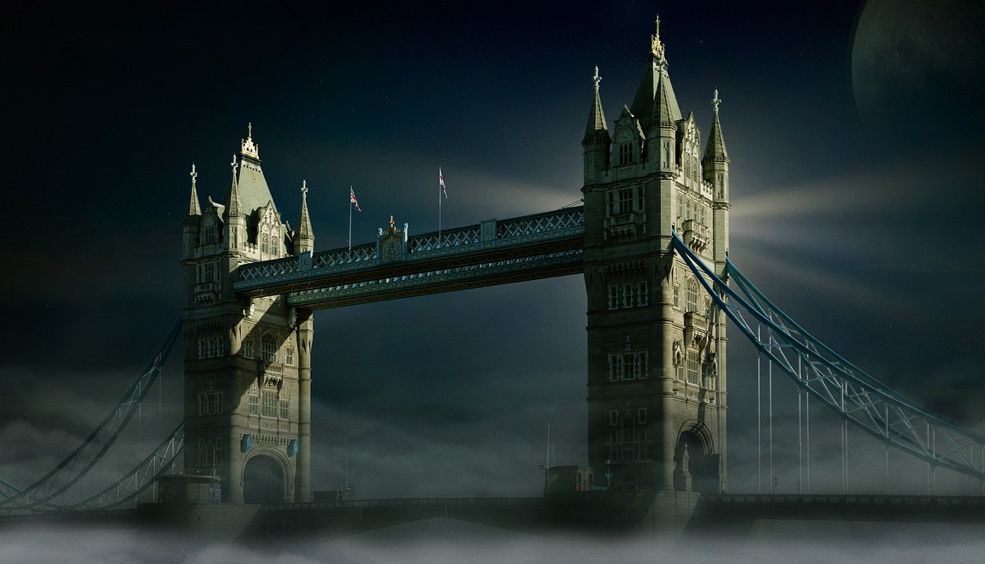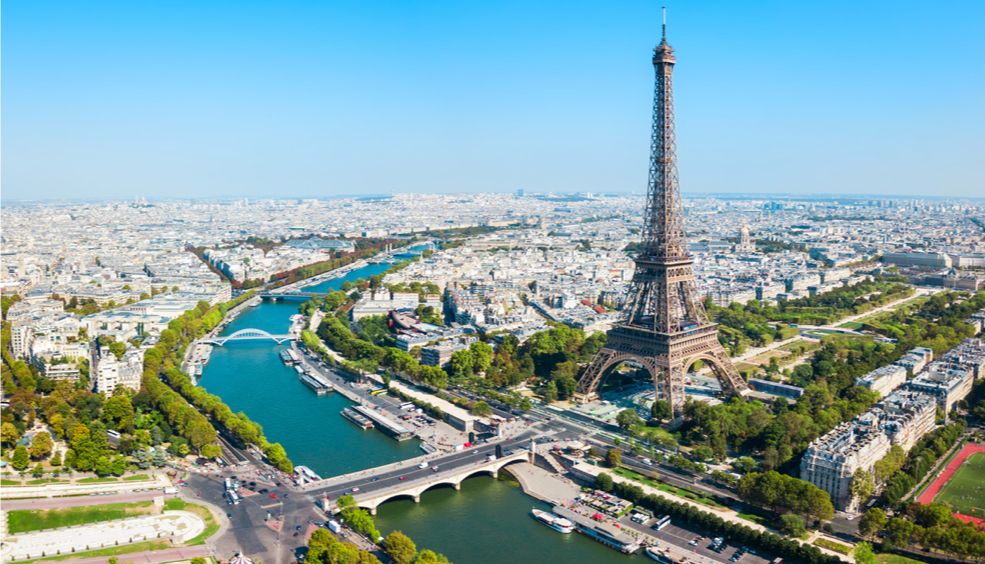10 PLACES TO GO WITH KIDS IN SPRING
A selection of family-friendly countries in Europe which are perfect for visiting with the kids this spring, by Mammaproof.
more infoEnjoy the spookiest Halloween ever. The best destinations in Europe!
Celebrate Halloween in one of the cities that we suggest in this post. If you love dark tourism and all things spooky, don’t miss these fang-tastic plans for 31 October (and the days around it!).
more infoA Route through the Périgord Vert
The Périgord, a former French province distributed across the departments of the Dordogne and Lot-et-Garonne, in the region of Nouvelle-Aquitaine, is divided into four sub-districts named after the dominant colour in the area. Thus, the Périgord Pourpre (Purple) is so called on account of the colour of its wine; the Périgord Noir (Black), named for its truffles and the dark woodlands there; the Périgord Blanc (White), for the limestone prevalent in the soil, and the Périgord Vert for the intense green of its meadows and oak forests.
The Périgord Vert, the northernmost of the four, has its capital in the commune of Nontron where for centuries the main activities are trades relating to leather and the art of table dressing. This town is the best spot from which to strike out on a route through the lush meadows of France as it traverses an amazing variety of landscapes belonging to the Périgord-Limousin Regional Nature Park. You won’t be at a loss for things to do in the Périgord Vert as it offers a host of activities, including hiking routes or tours of oil mills and fortified castles.
Another itinerary that comes highly recommended is the well-known Richard the Lionheart Route which stretches for over 180 kilometres and covers 19 areas open to the public. The route is signposted on both sides of the main road by a lion crowned with a heart pierced by an arrow, in remembrance of Richard the Lionheart’s sad end. Dotted along the whole route are vestiges of the battles and power struggles among the Dukes of Aquitaine, sparked by marriage agreements, which also involved the Kings of England and the French monarchs.
Touring the Périgord Vert
Apart from soaking up nature in the Périgord Vert, it is worth visiting the charming villages in this sub-district of France, notably Brantôme, famous for its Abbey and the Church of Saint-Pierre, which boasts the oldest belfry in France, dating from the Visigoth period. Brantôme is sited on the banks of the river Dronne, which runs along gentle meanders that set up a beautiful picture postcard scenery known as the “Venice of the Périgord”. Setting out from the abbey, by crossing the unusual, 16th-century right-angled bridge, you get to the monks’ garden and the heart of the town, featuring numerous vestiges from the 16th, 17th and 18th century. However, the best guarded secret of Brantôme are its troglodytic caves, where Benedictine monks once sought refuge. A few kilometres from Brantôme along the river Dronne lies the village of Bourdeilles, a commune with two landmark buildings – a medieval fortress and a Renaissance building housing an interesting collection of 15th- and 16th-century Spanish furniture.
Book your Vueling to Bordeaux and delight in the fantastic scenery of the Pèrigord Vert, a two-hour ride away.
Text by Tus Destinos
more info
These are Vueling’s new routes to Paris-Orly
New routes connecting Paris with Spain, Italy, UK, Denmark, Germany, Norway, Sweden, Ireland, Morocco and Malta, since November 2021.
more info




